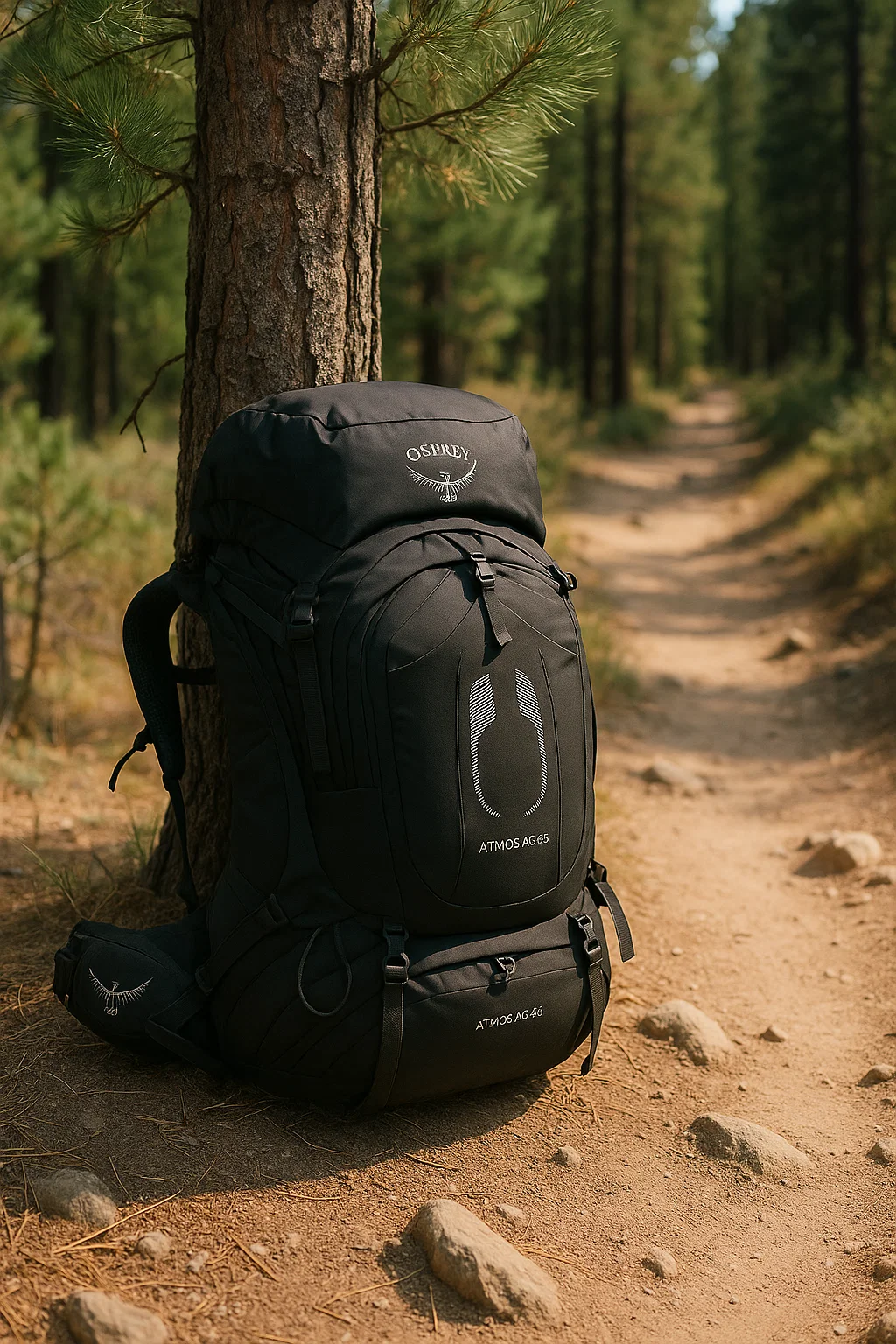Navigating the wilderness during the day is challenging, but at night, it can seem impossible. With the right skills and preparation, backpacking night navigation can be a rewarding experience. This guide will cover essential techniques and strategies for safely navigating the wilderness after dark.
Backpacking After Dark
Night-time navigation has its own thrills. Imagine the stillness of the forest under a starlit sky and the heightened sense of adventure. It’s an exciting experience for many hikers and outdoor enthusiasts. However, it requires careful preparation. This isn’t just about packing a flashlight—it’s about ensuring you and your gear are ready.
Start with essential gear: a reliable headlamp with adjustable settings and a red-light option, maps, a compass, a GPS device, and extra batteries or a power bank. Also, pack signaling devices like a whistle or a mirror.
Learn to stay ahead of the night by familiarizing yourself with the terrain before darkness falls. Study maps, understand the trail system, and note distinctive features during the day. This way, when night comes, you can visualize your surroundings.
Preparation is your foundation, and your tools are your lifelines. We’ll explore how to choose, use, and rely on navigational aids when everything is shrouded in darkness.
Essential Tools for Backpacking Night Navigation
Let’s go over some essential tools for navigating the backcountry at night. It’s not just about having a flashlight; it’s about using light wisely to keep your night vision sharp.
When choosing a headlamp, don’t just consider brightness. Look for headlamps with red light settings. Red light is better for your night vision and attracts less attention from wildlife.
Understanding map symbols and the landscape is vital when it gets dark. Maps are more than just a backup; they are the core of good navigation practices, whether it’s day or night.
If you prefer using technology, GPS devices are handy and provide detailed information about your surroundings. However, don’t rely only on gadgets. A compass and a paper map are reliable tools that don’t need batteries or a signal, so always carry them with you.
Having backups is crucial. Batteries can die, gadgets can fail, and sometimes the environment can make things tough. Always carry a primary and a backup light source, plus physical maps, to ensure you’re never lost during your backpacking night navigation adventure.
Navigating Backcountry Trails Safely at Night
Sticking to established trails during nighttime hikes is a wise choice for safe backpacking night navigation. These trails often have signs or reflective markers that are much easier to see with a faint light than trying to identify hidden terrain features. Understanding how to use these marked trails to your advantage is essential. Look for signs, trail blazes, or reflective markers to stay on the right path, even in low light.
However, trails aren’t the only guides available at night. The night sky and landscape can also be excellent navigation aids. Learning to navigate by the stars, such as using the Big Dipper or the North Star in the Northern Hemisphere, can be very helpful. Additionally, natural features like mountains, rivers, and unique rock formations can serve as reliable waypoints. Understanding how these elements can guide you when the sun is down will improve your nighttime navigation skills.
If you ever find yourself without visible trail markers or clear stars, dead reckoning is a valuable technique. This method involves estimating your current position based on your walking speed, the time you’ve been traveling, and your direction of travel. Remember to account for elevation changes and any detours you might have taken. Continually adjusting your estimates as you go will help keep you on course.
Your hearing can be just as crucial as your sight when navigating at night. Sounds like flowing water or the rustling of wildlife can give you clues about your surroundings. However, it’s important to be cautious—sounds can be deceptive in the dark or under certain weather conditions. Learning to use sound wisely can enhance your navigation while keeping a sense of caution.
By combining these techniques, you can navigate more confidently at night. With practice and awareness, you’ll become better at using all your senses and the natural world around you to find your way in the dark.
Best Practices for Safe Backpacking Night Navigation
Always prioritize safety: your well-being and that of your group is most important. Backpacking night navigation comes with some risks, so never overlook the value of the buddy system. Having a companion can make a big difference, offering support and help when needed. Exploring together is not only safer but also more enjoyable.
Keep hydrated and energized to stay sharp. Drink water often and pack healthy snacks to keep your energy up during your hike. Staying fueled helps you make better decisions and keeps you alert.
Dressing correctly is essential for a safe and comfortable night hike. Visibility is crucial, so wear bright or reflective clothing to be easily seen. Layer your clothing to adapt to temperature changes, ensuring you stay warm and comfortable as the night progresses.
Before setting out, always share your plans with someone you trust. Leave a detailed itinerary with a friend or family member, including your route and expected return time. If you can, check in regularly to provide peace of mind and a safety net in case something goes wrong.
Backpacking at night combines the excitement of exploring with the quiet of the night. With proper preparation, the right equipment, and a strong focus on safety, you can turn the dark into an exciting adventure. Keep these tips in mind, step confidently into the night, and let the wilderness reveal its nighttime wonders.







